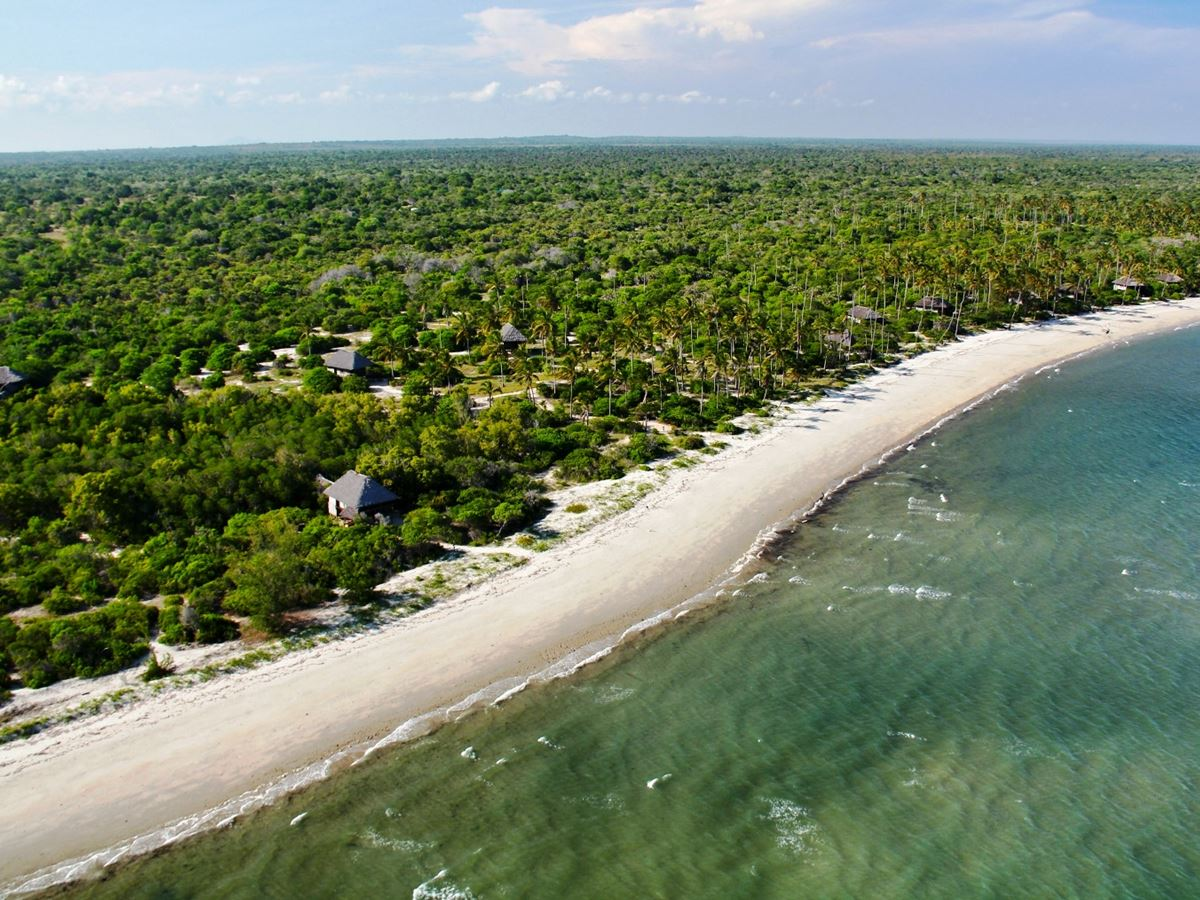Today's episode focuses on the lost cities of Azania, a name of unclear etymology used for the region of East Africa stretching for the Swahili Coast to the southern regions of Somalia. The region is referred to in ancient Roman geographic manuscripts, such as the Periplus of the Erythraean Sea.
According to the Periplus and other contemporary texts, the grandest city in Azania was known to the Greek speaking authors as Rhapta, or City of Weaving, named after its practice of creating ships made of planks of wood woven together with rope.
The Periplus describes Rhapta as a major exporter of ivory, turtle shells, and other goods, while other Roman sources describe it as a "metropolis", or "mother city", implying that colonists from Rhapta founded cities of their own.
Despite the city's notable influence, its exact location remains unknown to this day. The city's location in the Periplus is described only as "two days sail south of the island of Menuthias", an island varyingly associated with Madagascar, Zanzibar, and Mafia Island. Recently, however, certain Tanzanian historians have claimed that an underwater site in the Rufiji delta represent the remains of the city, a claim which we will investigate further in our upcoming premium episode.















